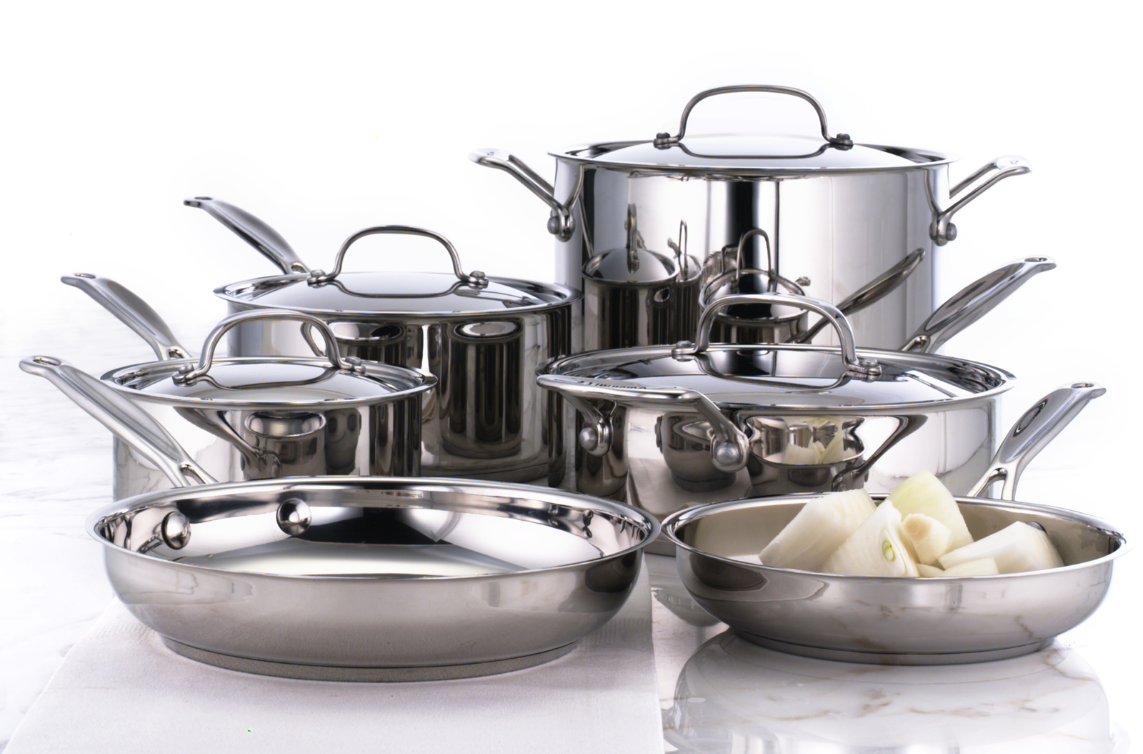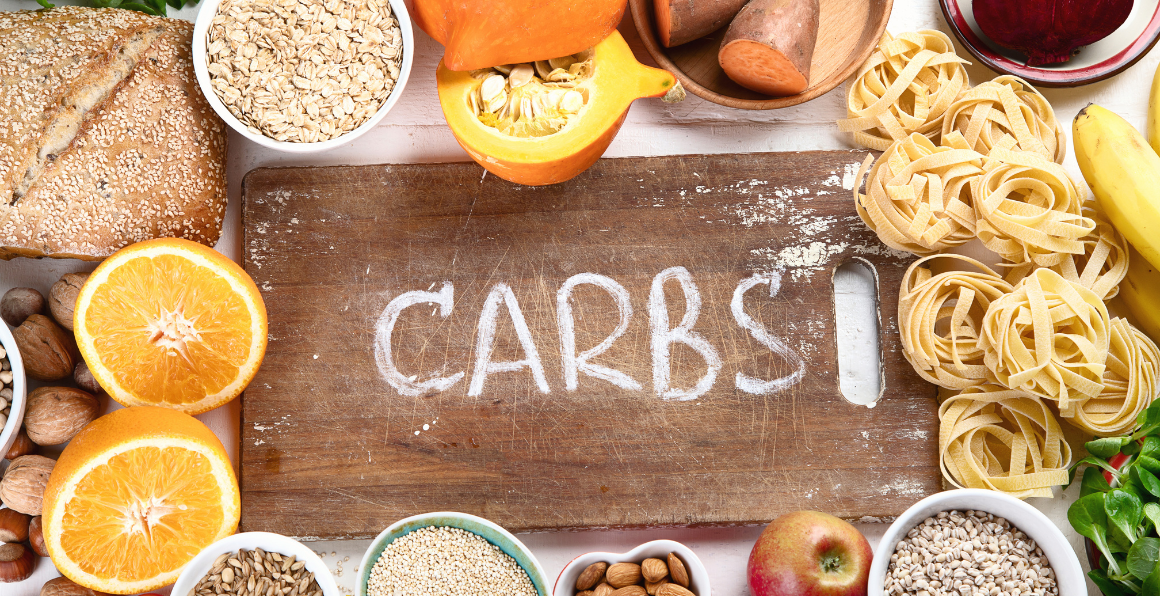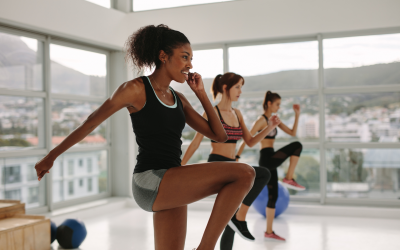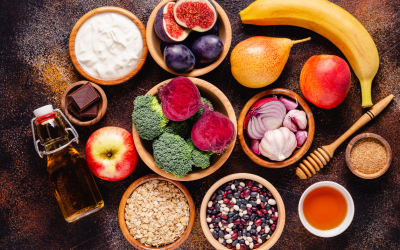Are you getting toxins from your cookware?
Many years ago I learned not to buy the cheap non-stick pans where the black coating starts to wear off. But recently I attended a webinar about detoxification and was provided a very helpful resource on safe cookware. That made me dive into this topic of toxins that can increase diabetes risk.
What are the toxins and why should we be concerned?
Common environmental chemicals like pesticides and those found in plastics (otherwise known as endocrine-disrupting chemicals), are toxins that can increase diabetes risk. These chemicals include names such as PCB’s, arsenic, BPA in plastics, dioxins in pesticides and drinking water, cosmetic chemicals, lead, mercury and cadmium.
What can we do to minimize toxins in our body?
- Avoid toxins as much as realistically possible. This includes having good drinking water. Get your water tested if you have a well. We have had ours tested and found it to be high in nitrates.
- Avoid cookware that could leech toxins into your food. Use this guide to check your cookware. I was happy to see that several of my favorites are on the safe list. I use the Green Pan, a cast iron skillet and 360 Cookware. If you have never seen 360 Cookware, you can check it out here. I have a saucepan, small skillet and a cookie sheet that makes perfect cookies every time. Besides being safe cookware, there are 3 reasons I love 360 Cookware: It’s made in the USA, ecofriendly, and has a lifetime warranty. They also have recipes on their site, including this Chicken Parmesan recipe.
I don’t have their large saucepan with lid so I make my chicken parmesan in my Green Pan or in the oven in a glass baking dish.
- Eat foods with fiber. Fiber can help carry some of the toxins out of the body.
- Include these foods on a regular basis to support detoxification: cruciferous vegetables (cabbage, broccoli, brussels sprouts), turmeric, green tea, eggs, garlic, and onions, and probiotic foods such as yogurt and kefir.
I hope that this short article has been helpful in your journey to cook healthy and avoid toxins that can increase diabetes risk.
If you need help with diabetes meal planning please contact me!







0 Comments